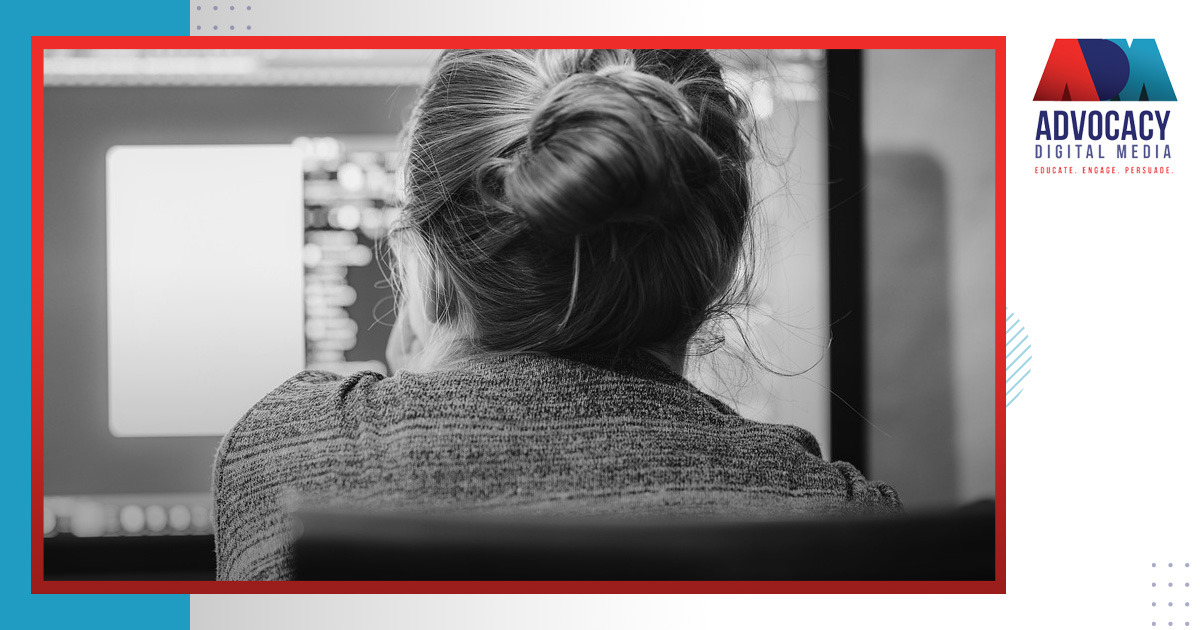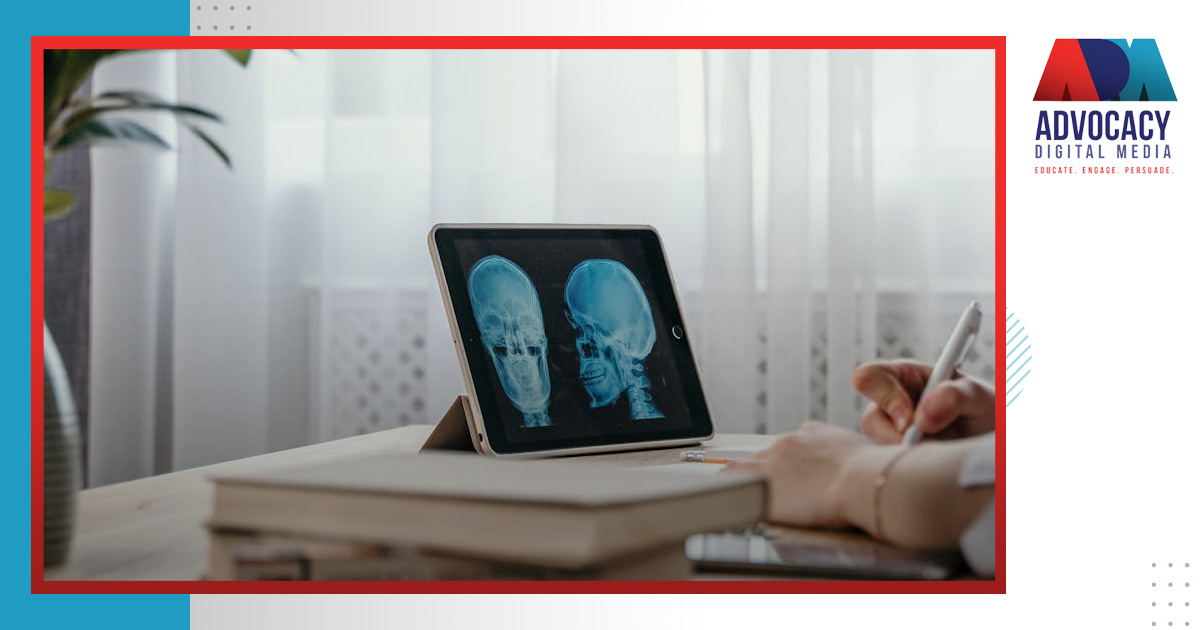When Do You Need a Trial Animation?
In the courtroom, you need to know how to use your words to benefit your client. After all, in personal injury cases, it is your responsibility to explain what happened, who or what caused it, and how it affected your client.
Along with verbal explanations, visual cues can be a powerful tool in these cases. These visual aids bridge the gap between complex legal arguments and the comprehension of judges, jurors, and even opposing counsel. Animations presented in the courtroom can precisely show all aspects of your client’s claims.
When do you need a trial animation, and when should you use it in the courtroom? Let’s explore how trial animations play a vital role in civil litigation and how you can strategically leverage them.
The Role of Trial Animations
In personal injury cases, there are plenty of complicated details, medical jargon, and other concepts that can be difficult to verbalize. This is where trial animations can help.
According to researchers from Carnegie Mellon University, people retain information better when presented visually than when explained verbally. Trial animation simplifies complex concepts for the audience. Whether illustrating a slip-and-fall incident or demonstrating the sequence of events in a car collision dispute, animations can engage the audience and enhance their understanding.
Additionally, trial animations can be used to sway opinions in your client’s favor. As the saying goes, “A picture is worth a thousand words.” A well-designed trial animation often has a visceral impact on the case that words alone cannot achieve. For instance, an animation showing the trajectory of a truck or revealing hidden defects in a product can leave a lasting impression on the audience.
Now that you understand why trial animations are effective, when should you use them in a case?
Using Animation Tools in Civil Trials
Ideally, you will want to use trial animations when explaining complicated procedures or reconstructing the incident. You can use these visual cues when an expert witness testifies or a client tells their story. Here are some possible scenarios for using these tools in your case.
Accident Reconstruction
In a car collision case, witnesses often provide varying accounts of what happened. Coupled with a mound of evidence, it can be difficult for the jury to visualize the accident. However, a trial animation can be helpful in these situations.
Trial animation recreates the scene of the accident. You can use it to show vehicle positions, speeds, and impact angles. With these visual cues, jurors will see exactly what happened and understand the sequence of events leading up to the collision. Using this animation can also highlight any contributing accident factors, such as driver error, weather conditions, or road hazards.
Medical Procedures and Injuries
In medical malpractice lawsuits, trial animations can help judges and juries understand complex medical terms. Using these animations, you can depict surgeries, injuries, and treatment processes with more detail and accuracy than words alone. An animated surgical procedure helps to show negligence or demonstrate causation on behalf of the healthcare professional.
These animations can be used to demonstrate the standard of care that should have been provided and how it was not met in the specific case.
Product Liability
If a defective product causes harm to someone, trial animations will shed light on the cause of the accident. For example, if a faulty escalator causes injury to a shopper, you can show how it failed and the injuries it caused to your client. These animations identify design flaws and maintenance lapses that may have contributed to the accident. Also, the animation can detail the whole sequence of events that led to the injury.
Creating Effective Visuals for Trial
In many cases, trial animations can make a difference in explaining complex details and injuries to a judge and jury. However, you want to make sure your animations are accurate, authentic, and aligned with your legal strategy.
Trial animations must be factually accurate. You will want to base them on expert testimony, documents, and evidence. Always stick to the facts. If you exaggerate or take artistic liberties, that could undermine your credibility.
Along with that, your narrative must have a flow. You need to craft a cohesive narrative that tells a story and explains complex information clearly. Don’t forget that the right animal can make a difference too. You may want to use 2D, 3D, or a mix to best represent your case.
Trial animations are strategic assets in the courtroom. When used correctly, they can break down complex terms, persuade jurors’ minds, and tip the scales of justice.
If you are looking for a company that understands how to create effective trial animations and other presentation tools, the team at Advocacy Digital Media can assist.







